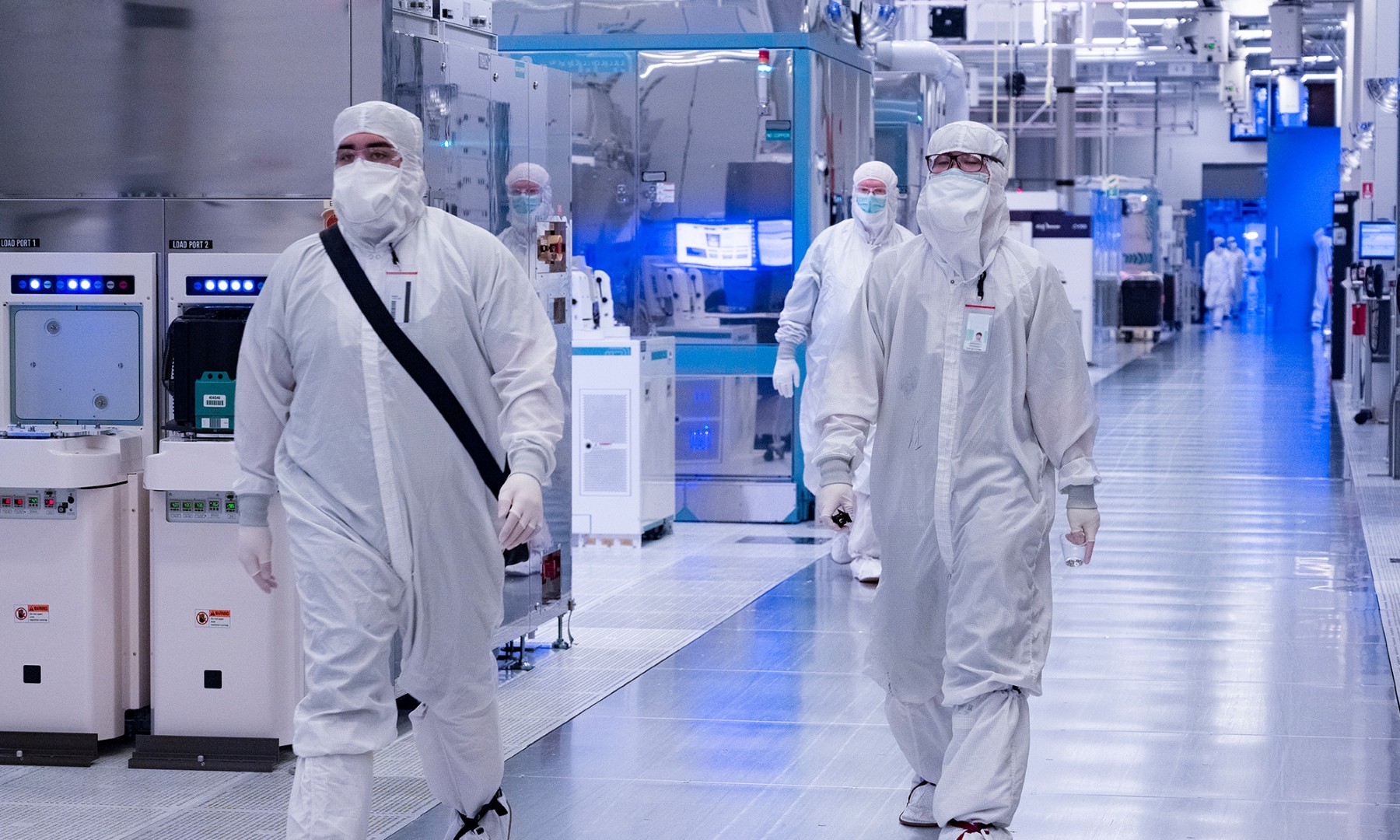Chipmaker Intel (INTC +6.47%) may be losing market share to its top CPU rival Advanced Micro Devices, but it's just assured itself commanding control of the digital nose market. The company's Loihi neuromorphic chip has just proven itself capable "smelling" certain chemicals present in the air.
The technology is far more practical than it may seem on the surface. When 64 of these chips are combined to make a complete system currently dubbed Pohoiki Beach, the result is a tool capable of detecting a variety of chemicals that could indicate the presence of weapons, drugs, and even certain diseases.

Image Source: Getty Images.
Learning faster, more easily
The true highlight of the development, however, is the ease with which the partnership between Intel Labs and Cornell University was able to teach these neuromorphic chips what certain airborne chemicals were. Previous efforts to develop similar systems required 3,000 more samples before the sensors were reliably "trained." Intel's Loihi chips, in fact, were successfully taught to properly identify certain chemicals with just one sample.
Similar technologies already exist. Handheld explosives-detection devices used by airport personnel, for instance, have been around and effective for years. The Loihi neuromorphic chip is considerably different technology, however. Made up of millions silicon neurons and synapses, Pohoiki Beach systems are effectively an artificial intelligence, and can identify smells largely in the same way the human brain does.
Expanded A.I. applications
Intel hopes to take what it's learned about teaching Loihi chips to determine the presence of certain chemicals -- even in the presence of other chemicals meant to confuse the system -- and apply it to higher-level work like visual-based analysis and abstract problem-solving.







